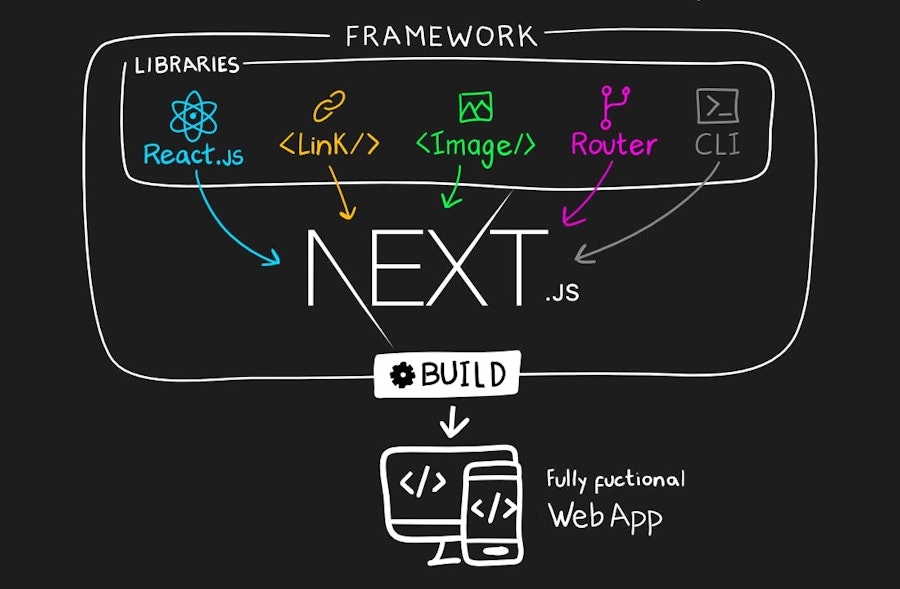· 3 min read
Unleashing Next.js in Web Development
A Comprehensive Guide to Next.js for Enhanced Performance and SEO

Unleashing Next.js in Web Development: A Comprehensive Guide
As the digital landscape continually evolves, Next.js has emerged as a frontrunner in the world of web development. This comprehensive guide explores how Next.js, a React-based framework, is revolutionizing the industry with its unique approach to enhancing performance and SEO.
Next.js: Bridging Development and Performance
Next.js represents a paradigm shift in web development, seamlessly integrating server-side rendering and static site generation. This modern framework is designed for speed, SEO efficiency, and a developer-friendly experience.
Server-side Rendering (SSR): Enhanced Performance
Next.js’s server-side rendering capability significantly improves load times, directly impacting user engagement and retention. SSR ensures quick and efficient page rendering, crucial in today’s fast-paced digital world.
Static Site Generation (SSG): The SEO Edge
With Next.js, static pages are generated at build time, leading to faster loading times and a reduced server load. This feature not only enhances user experience but also boosts SEO, making websites more favorable to search engines.
Simplified Development Experience
Next.js stands out with its zero-setup philosophy. Setting up a React application is straightforward, reducing development time and allowing more focus on building feature-rich applications.
Automatic Code Splitting: Optimizing for Speed
The framework’s automatic code splitting ensures that only the necessary JavaScript is loaded for each page. This optimization contributes to faster page rendering and an overall smoother user experience.
Next.js vs Other Frameworks
When compared to other popular frameworks like Angular or Vue.js, Next.js offers unique features such as a file-system-based router and hybrid pages that combine the advantages of Single Page Applications (SPAs) and Multi-Page Applications (MPAs).
Deep Dive into Next.js Features
Understanding the core features of Next.js is crucial for developers looking to fully leverage its capabilities.
File-based Routing and API Routes
Next.js employs a file system-based route approach, where the pages directory automatically defines routes. Additionally, creating API endpoints within a Next.js project is straightforward, enhancing backend functionality.
SEO and Performance Optimization
Next.js’s approach to SSR and SSG significantly improves SEO by ensuring faster load times and cleaner URLs. The framework also simplifies the management of sitemaps and ‘robots.txt’, further optimizing for search engines.
Advanced Concepts and Best Practices
To excel with Next.js, developers should familiarize themselves with advanced concepts such as getStaticProps and getServerSideProps for optimized data fetching, and explore CSS-in-JS libraries for styling.
Real-world Applications and Success Stories
Many companies have seen substantial benefits from integrating Next.js into their tech stacks. The framework has been praised for its robust SEO and performance capabilities, enhancing both developer and user experiences.
Conclusion
Next.js stands at the forefront of modern web development, offering a scalable and efficient solution that aligns with the demands of SEO and performance optimization. Its blend of developer-friendly features and user-centric performance enhancements makes it an ideal choice for diverse web development projects.
Ready to explore Next.js in your projects? We invite your thoughts and questions in the comments below or through our social channels.



